Home>Construction & Tools>Building Materials>How To Drill Through Stucco


Building Materials
How To Drill Through Stucco
Modified: October 20, 2024
Learn the best techniques for drilling through stucco with our comprehensive guide. Find the right tools and tips for working with building materials.
(Many of the links in this article redirect to a specific reviewed product. Your purchase of these products through affiliate links helps to generate commission for Storables.com, at no extra cost. Learn more)
Introduction
Welcome to the world of stucco, a versatile and durable building material that has been used for centuries to beautify and protect structures. Whether you're a seasoned DIY enthusiast or a professional contractor, mastering the art of drilling through stucco is an essential skill. In this comprehensive guide, we will delve into the nuances of working with stucco and provide you with expert tips on how to drill through this resilient material with ease and precision.
Stucco, derived from the Latin word "stuccare," meaning to roughcast or plaster, is a time-honored building material known for its exceptional strength and weather resistance. Composed of cement, sand, lime, and water, stucco is applied in multiple layers to create a robust exterior finish for homes, commercial buildings, and architectural structures. Its textured appearance and ability to withstand harsh environmental conditions make it a popular choice for both decorative and functional purposes.
Drilling through stucco requires careful consideration of the material's composition and the right tools and techniques to ensure a successful outcome. Whether you're installing outdoor lighting, securing fixtures, or mounting decorative elements, understanding the intricacies of working with stucco is paramount for achieving professional results.
Throughout this guide, we will explore the fundamental aspects of stucco, from its composition and characteristics to the selection of appropriate drills and drill bits. We will also provide a step-by-step approach to preparing the stucco surface and effectively drilling through it without compromising its integrity. Additionally, we will share valuable insights and practical tips to empower you with the knowledge and confidence needed to tackle stucco drilling projects with proficiency.
So, grab your safety goggles, roll up your sleeves, and let's embark on a journey to demystify the art of drilling through stucco. Whether you're a DIY enthusiast seeking to enhance your home or a professional looking to refine your skills, this guide is your go-to resource for mastering the craft of working with stucco. Let's dive in and unlock the secrets to successful stucco drilling!
Key Takeaways:
- Master the art of drilling through stucco by choosing the right hammer drill and masonry drill bits, preparing the surface meticulously, and drilling with patience and precision.
- Prioritize safety, use controlled pressure, and clear debris regularly to achieve professional-grade results when drilling through stucco.
Read more: How To Drill Through Glass
Understanding Stucco
Before delving into the intricacies of drilling through stucco, it’s essential to gain a comprehensive understanding of this time-honored building material. Stucco, often referred to as render or plaster, is a versatile compound that has been utilized for centuries to adorn and fortify architectural structures.
Stucco is typically composed of a mixture of cement, sand, lime, and water, creating a robust and weather-resistant exterior finish. This combination of materials results in a surface that is both durable and visually appealing, making stucco a popular choice for enhancing the aesthetics and structural integrity of buildings.
One of the key attributes of stucco is its exceptional ability to withstand various environmental conditions. When properly applied and maintained, stucco can endure extreme temperatures, moisture, and UV exposure without succumbing to deterioration. This resilience makes stucco an ideal option for exterior cladding, providing long-lasting protection for buildings in diverse climates.
Moreover, stucco offers a customizable texture and finish, allowing for a myriad of design possibilities. Whether a smooth, sleek appearance is desired or a more textured and rustic facade is preferred, stucco can be tailored to meet specific aesthetic preferences, adding character and charm to architectural surfaces.
It’s important to note that stucco is not solely limited to exterior applications. Its versatility extends to interior spaces, where it can be used to create decorative wall finishes and architectural features. The adaptability of stucco makes it a valuable asset for interior designers and architects, enabling the creation of unique and visually captivating indoor environments.
Understanding the composition, characteristics, and versatility of stucco is fundamental to approaching drilling projects with confidence and precision. By comprehending the inherent strengths and considerations associated with stucco, you can effectively prepare for the task of drilling through this resilient material, ensuring successful outcomes and lasting results.
Now that we’ve gained insight into the essence of stucco, let’s explore the pivotal factors to consider when selecting the right drill for stucco applications.
Choosing the Right Drill
When embarking on a stucco drilling project, selecting the appropriate drill is paramount to achieving precise and efficient results. The characteristics of stucco, including its density and composition, necessitate the use of a drill that is specifically designed to handle masonry and concrete materials.
One of the most suitable types of drills for stucco applications is the hammer drill, also known as a percussion drill. This specialized tool is engineered to deliver rapid and powerful forward thrusts, enabling it to penetrate tough surfaces with ease. The hammer drill’s ability to generate a pulsating action while rotating makes it well-suited for effectively drilling through stucco, ensuring that the material is perforated cleanly and accurately.
When choosing a hammer drill for stucco projects, consider the following factors to ensure optimal performance:
- Power and Speed: Opt for a hammer drill with ample power and variable speed settings. This will allow you to adjust the drilling speed based on the density of the stucco, ensuring controlled and precise penetration.
- Impact Energy: Look for a drill with high impact energy, as this will facilitate efficient drilling through the resilient composition of stucco, minimizing the effort required to create clean perforations.
- Ergonomics and Handling: Prioritize a hammer drill that offers comfortable handling and ergonomic design, reducing fatigue during extended drilling sessions and enhancing overall control and maneuverability.
- Dust Management: Consider a hammer drill with integrated dust management features or compatibility with dust extraction systems to maintain a clean and safe work environment while drilling through stucco.
Additionally, it’s essential to equip the hammer drill with masonry drill bits specifically designed for stucco and other masonry materials. These drill bits are engineered with carbide or diamond tips, offering exceptional hardness and durability to effectively penetrate stucco surfaces without dulling or overheating.
By carefully selecting a hammer drill with the appropriate features and pairing it with high-quality masonry drill bits, you can ensure that your stucco drilling endeavors are met with efficiency, precision, and professional-grade results. Now that we’ve identified the significance of choosing the right drill, let’s explore the crucial considerations for selecting the proper drill bit for stucco applications.
Selecting the Proper Drill Bit
Equally as important as choosing the right drill for stucco applications is selecting the proper drill bit. The composition and density of stucco necessitate the use of drill bits specifically engineered to cut through masonry materials with precision and efficiency.
When it comes to drilling through stucco, masonry drill bits with carbide or diamond tips are highly recommended. These specialized drill bits are designed to withstand the rigors of penetrating tough materials such as stucco, ensuring clean perforations without compromising the integrity of the surface.
Carbide-tipped masonry drill bits are renowned for their exceptional hardness and heat resistance, making them well-suited for drilling through stucco without succumbing to wear or overheating. The carbide tips are adept at maintaining sharpness and durability, delivering consistent performance when tasked with penetrating the robust composition of stucco.
Diamond-tipped masonry drill bits, on the other hand, offer unparalleled hardness and longevity. Their ability to effortlessly cut through stucco and other masonry materials while retaining sharpness over extended periods makes them an ideal choice for demanding drilling applications. The precision and durability of diamond-tipped drill bits ensure that stucco surfaces are perforated cleanly and accurately, yielding professional-grade results.
When selecting masonry drill bits for stucco drilling projects, consider the following factors to ensure optimal performance:
- Size and Diameter: Choose drill bits with the appropriate size and diameter to accommodate the specific fasteners or anchors being utilized, ensuring a snug and secure fit within the drilled holes.
- Shank Design: Opt for drill bits with shanks compatible with your chosen hammer drill, ensuring seamless integration and enhanced stability during the drilling process.
- Multi-Purpose Functionality: Consider acquiring a set of masonry drill bits with varying sizes to accommodate diverse stucco drilling requirements, providing versatility and convenience for future projects.
By equipping your hammer drill with high-quality masonry drill bits featuring carbide or diamond tips, you can confidently tackle stucco drilling tasks with precision, efficiency, and the assurance of professional-grade results. Now that we’ve addressed the significance of selecting the proper drill bit, let’s delve into the essential steps for preparing the stucco surface before commencing the drilling process.
Before drilling through stucco, use a masonry bit and start with a small pilot hole to prevent cracking. Use a low drill speed and steady pressure.
Preparing the Stucco Surface
Before initiating the drilling process, it is imperative to prepare the stucco surface to ensure optimal results and minimize the risk of damage. Proper preparation not only facilitates the drilling process but also contributes to the longevity and integrity of the stucco finish.
The following steps outline the essential measures for preparing the stucco surface:
- Marking the Drilling Points: Use a pencil or marker to clearly indicate the precise locations where the holes will be drilled. This step helps ensure accuracy and alignment, especially when drilling multiple holes for fixtures or fasteners.
- Cleaning the Surface: Thoroughly clean the area around the marked drilling points to remove any debris, dust, or loose particles. A clean surface promotes better adhesion and prevents contaminants from interfering with the drilling process.
- Applying Masking Tape: Consider applying masking tape over the marked drilling points. This can help prevent the stucco from chipping or cracking during the initial stages of drilling, providing added protection for the surrounding area.
- Using a Pilot Hole: For precise and controlled drilling, consider creating a pilot hole using a smaller masonry drill bit before using the larger bit. This initial hole serves as a guide for the larger bit, enhancing accuracy and reducing the likelihood of slippage or surface damage.
By meticulously preparing the stucco surface, you can lay the groundwork for a seamless and efficient drilling process while safeguarding the integrity of the material. Now that we’ve covered the crucial steps for preparing the stucco surface, let’s proceed to the next phase: drilling through stucco.
Read more: How To Drill Through Crystal Glass
Drilling Through Stucco
Drilling through stucco demands precision, patience, and the application of appropriate techniques to ensure clean and accurate perforations without compromising the material’s integrity. The following step-by-step guide outlines the process of drilling through stucco with proficiency:
- Secure the Work Area: Prior to drilling, ensure that the work area is stable and secure. This may involve using clamps or supports to hold the workpiece in place, minimizing vibrations and movement during the drilling process.
- Position the Drill: Align the hammer drill with the marked drilling point on the stucco surface. Hold the drill steady and perpendicular to the surface to prevent angling or misalignment during drilling.
- Apply Gentle Pressure: With the drill set to the appropriate speed and hammering action, apply gentle and consistent pressure as you begin drilling into the stucco. Avoid exerting excessive force, as the drill’s impact energy and rotation will gradually penetrate the material with controlled pressure.
- Maintain a Steady Pace: Maintain a steady and uniform pace as the drill penetrates the stucco. Avoid rapid or erratic movements, as this can lead to uneven perforations or surface damage. Allow the drill to work through the stucco methodically, ensuring smooth and precise drilling.
- Monitor Depth and Progress: Periodically pause to assess the depth of the drilled hole, especially when drilling to a specific depth for anchors or fasteners. Use depth markings on the drill bit or employ a depth stop to gauge the penetration and prevent over-drilling.
- Clearing Debris: As the drill penetrates the stucco, periodically withdraw the bit to clear accumulated debris and dust from the hole. This helps maintain the effectiveness of the drilling process and prevents obstructions that may impede the insertion of fasteners or anchors.
- Repositioning for Multiple Holes: If drilling multiple holes, reposition the drill for each new drilling point, ensuring accurate alignment and spacing between the perforations. Repeat the drilling process for each marked point, maintaining consistency and precision throughout.
By following these step-by-step guidelines and exercising care and precision, you can effectively drill through stucco with confidence and achieve professional-grade results. Now that we’ve explored the process of drilling through stucco, let’s uncover valuable tips for ensuring success and efficiency in stucco drilling projects.
Tips for Successful Drilling
Embarking on a stucco drilling project requires attention to detail, precision, and adherence to best practices to ensure successful outcomes. The following tips are invaluable for achieving efficiency and professional-grade results when drilling through stucco:
- Use Proper Safety Gear: Prioritize safety by wearing protective eyewear, a dust mask, and gloves to shield yourself from debris and dust generated during the drilling process. Safety goggles are essential for safeguarding your eyes from potential hazards.
- Start with a Small Test Hole: Before drilling the final hole, consider creating a small test hole in an inconspicuous area to gauge the stucco’s density and adjust the drilling speed and pressure accordingly.
- Employ Controlled Pressure: Apply consistent and controlled pressure when drilling to prevent excessive force that could lead to surface damage or erratic drilling patterns. Allow the drill to work through the stucco gradually and methodically.
- Utilize Water for Cooling: If the stucco generates excessive heat during drilling, lightly misting the area with water can help dissipate heat and prevent overheating of the drill bit, enhancing its longevity and effectiveness.
- Clear Debris Regularly: Periodically withdraw the drill bit to clear debris and dust from the hole, ensuring uninterrupted progress and maintaining the cleanliness of the drilled perforation.
- Apply Firm Support: If drilling into a vertical surface, consider using a secondary support to stabilize the drill and minimize movement, ensuring precise and controlled drilling without slippage.
- Verify Anchor Compatibility: If the drilled holes are intended for anchors or fasteners, ensure that the selected anchors are compatible with stucco and are designed to provide secure and reliable fastening.
- Exercise Patience and Precision: Approach the drilling process with patience and precision, avoiding rushed or hasty movements that could compromise the quality of the drilled holes and the stucco surface.
- Inspect and Clean the Drill Bit: After completing the drilling process, inspect the drill bit for any signs of wear or debris accumulation. Clean the bit thoroughly to maintain its effectiveness for future use.
By incorporating these tips into your stucco drilling endeavors, you can navigate the process with confidence and proficiency, ensuring that your projects yield exceptional results and uphold the integrity of the stucco surface. Now that we’ve explored these valuable tips, let’s conclude our comprehensive guide to drilling through stucco.
Conclusion
Congratulations! You’ve now gained a comprehensive understanding of the art of drilling through stucco, equipping yourself with the knowledge and insights needed to tackle stucco drilling projects with confidence and proficiency. From understanding the composition and characteristics of stucco to selecting the right drill and drill bits, and mastering the essential techniques for preparing and drilling through stucco, you’re well-prepared to embark on your stucco drilling endeavors.
Working with stucco requires a blend of precision, patience, and the right tools to achieve professional-grade results. By choosing the appropriate hammer drill and masonry drill bits, meticulously preparing the stucco surface, and implementing best practices for drilling, you can ensure that your projects unfold seamlessly and yield exceptional outcomes.
Remember to prioritize safety by wearing protective gear and exercising caution throughout the drilling process. Whether you’re installing fixtures, mounting decorative elements, or undertaking other stucco-related endeavors, the tips and techniques outlined in this guide will serve as your invaluable companions, empowering you to navigate stucco drilling projects with skill and finesse.
As you venture into the realm of stucco drilling, embrace the opportunity to refine your craft and unleash your creativity. With each successful drilling project, you’ll further enhance your expertise and confidence in working with stucco, paving the way for a seamless and rewarding experience.
So, armed with the knowledge and insights gleaned from this guide, step into the world of stucco drilling with enthusiasm and assurance. Whether you’re a seasoned professional or a DIY enthusiast, the journey of mastering the art of drilling through stucco promises to be both enriching and fulfilling. Embrace the challenge, unleash your creativity, and let your stucco drilling endeavors shine!
Frequently Asked Questions about How To Drill Through Stucco
Was this page helpful?
At Storables.com, we guarantee accurate and reliable information. Our content, validated by Expert Board Contributors, is crafted following stringent Editorial Policies. We're committed to providing you with well-researched, expert-backed insights for all your informational needs.
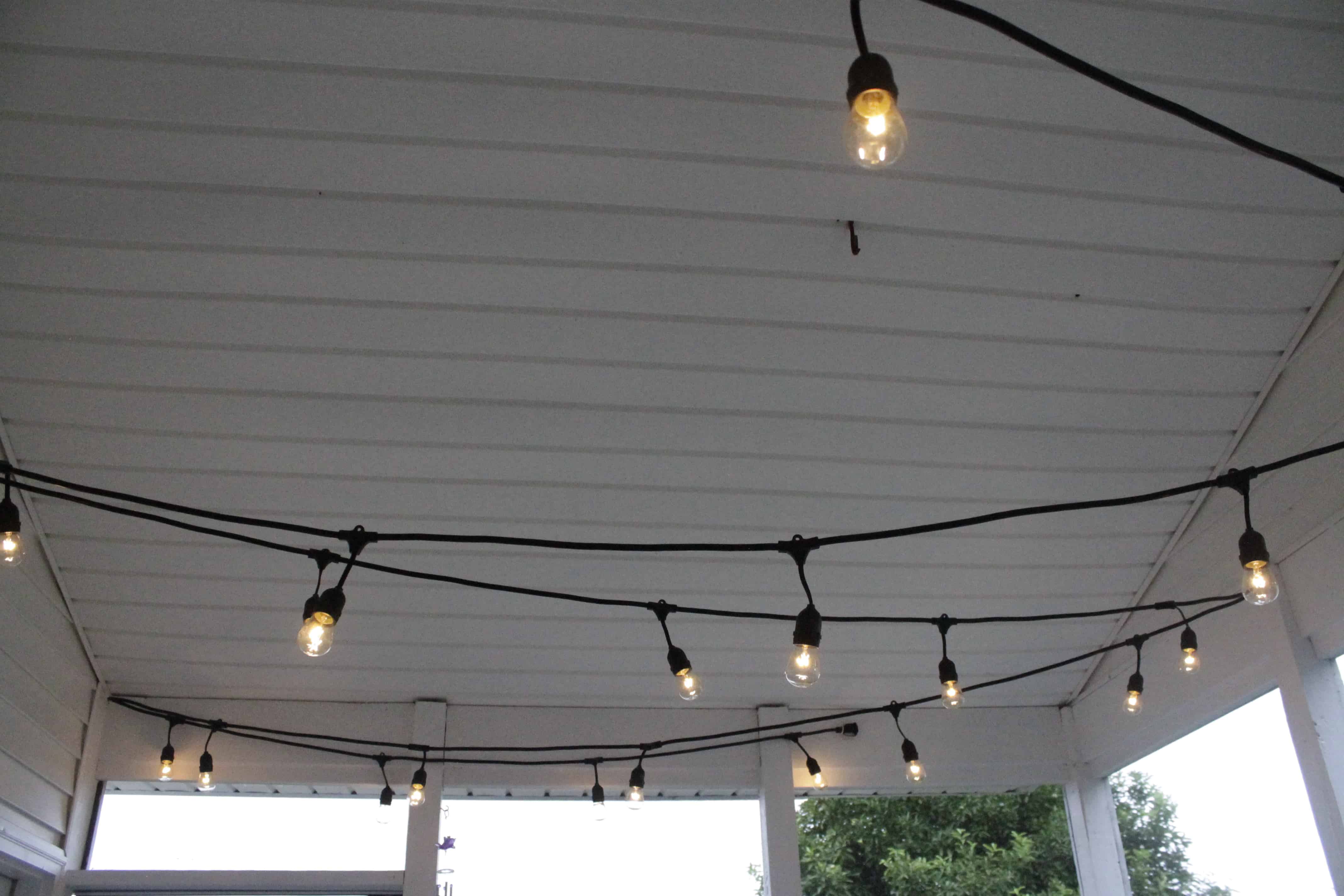
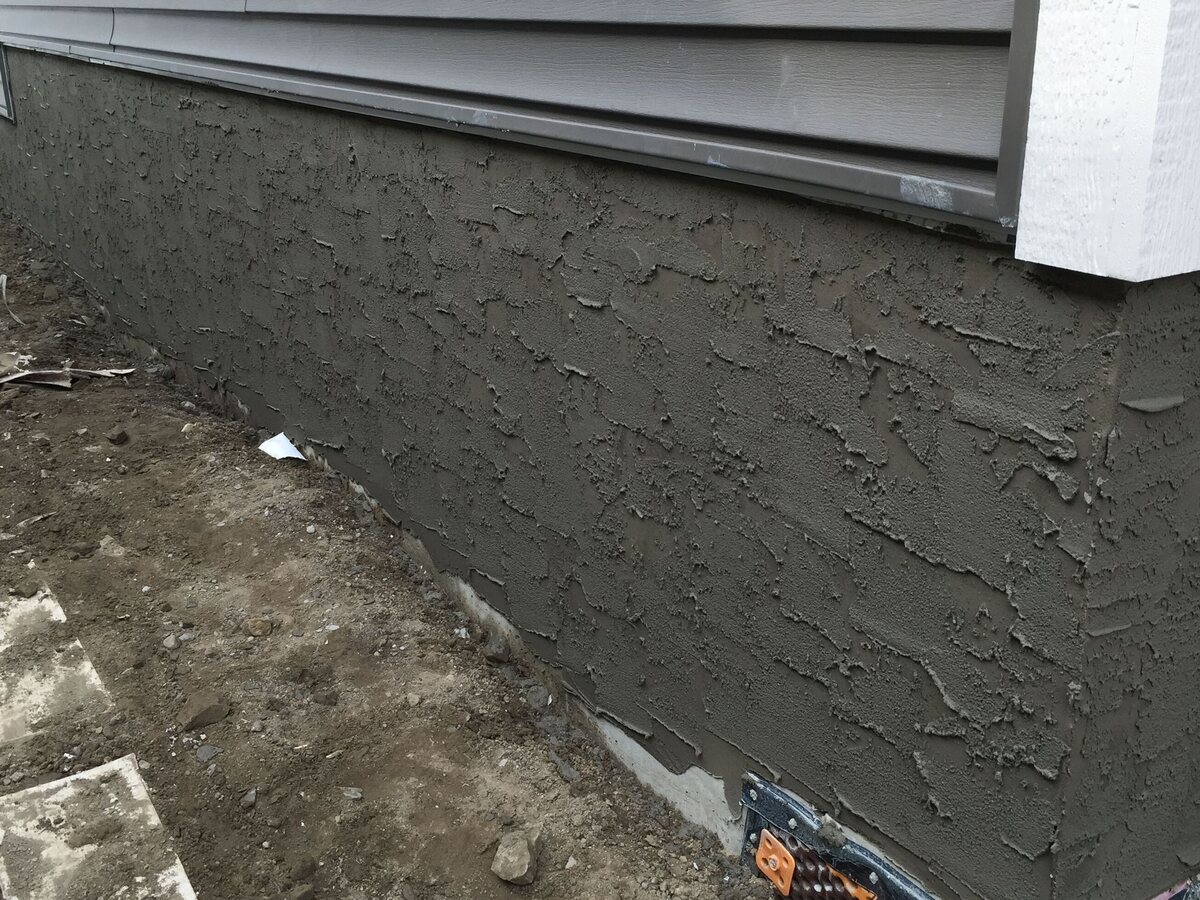
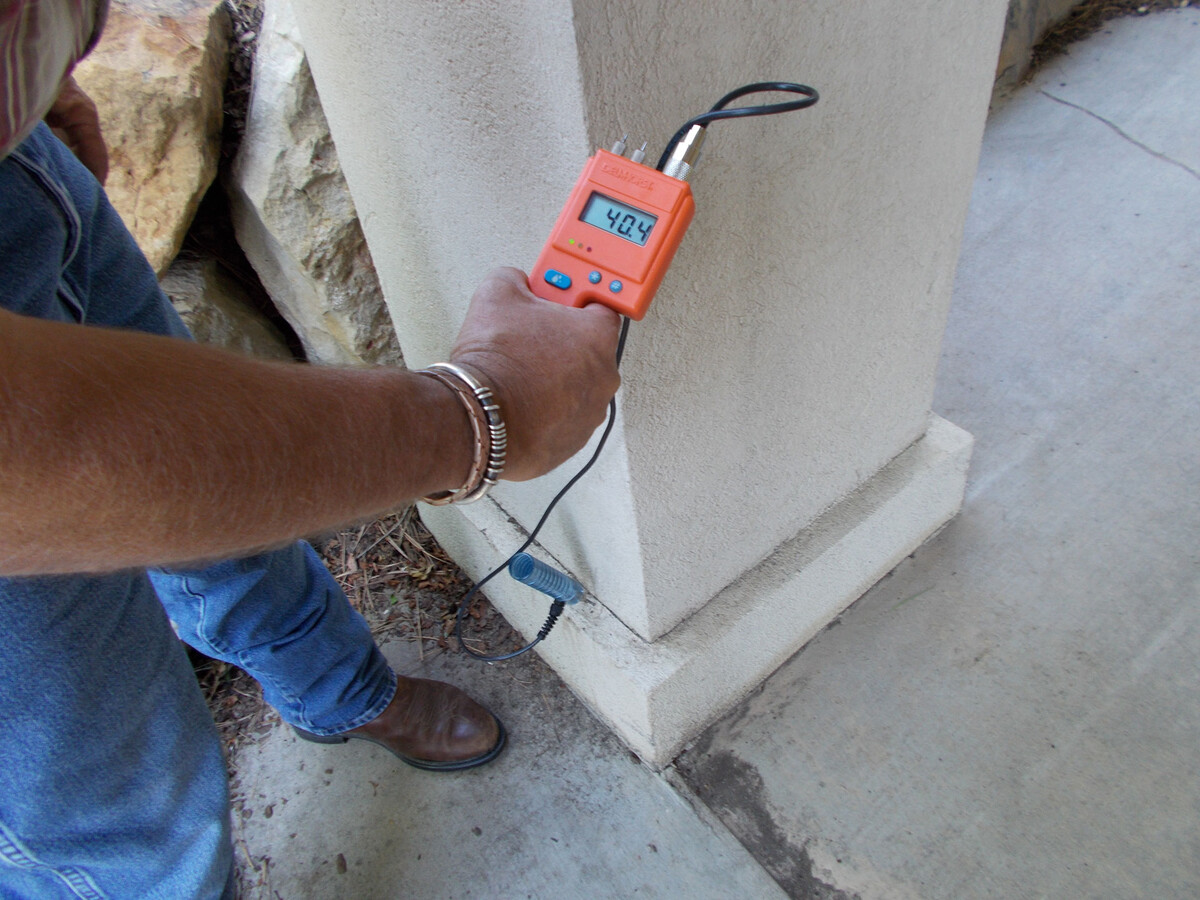
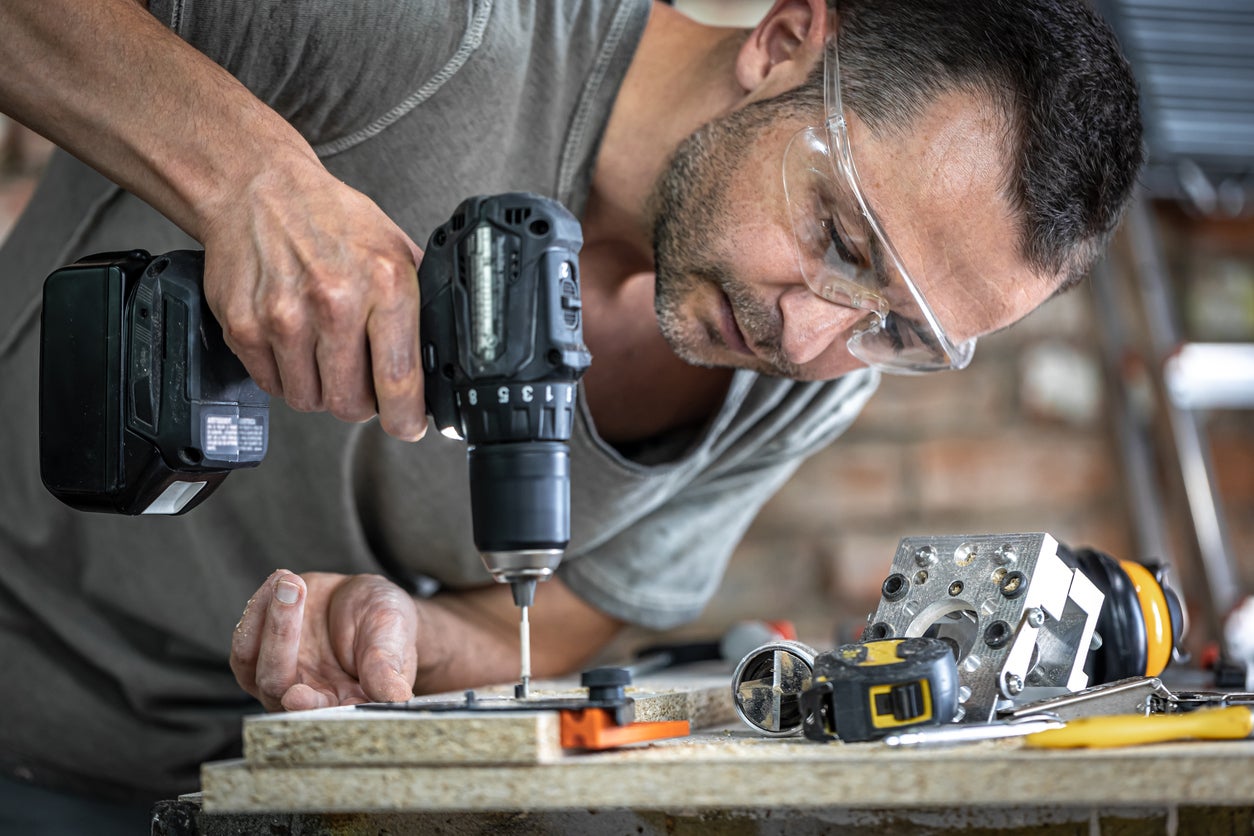
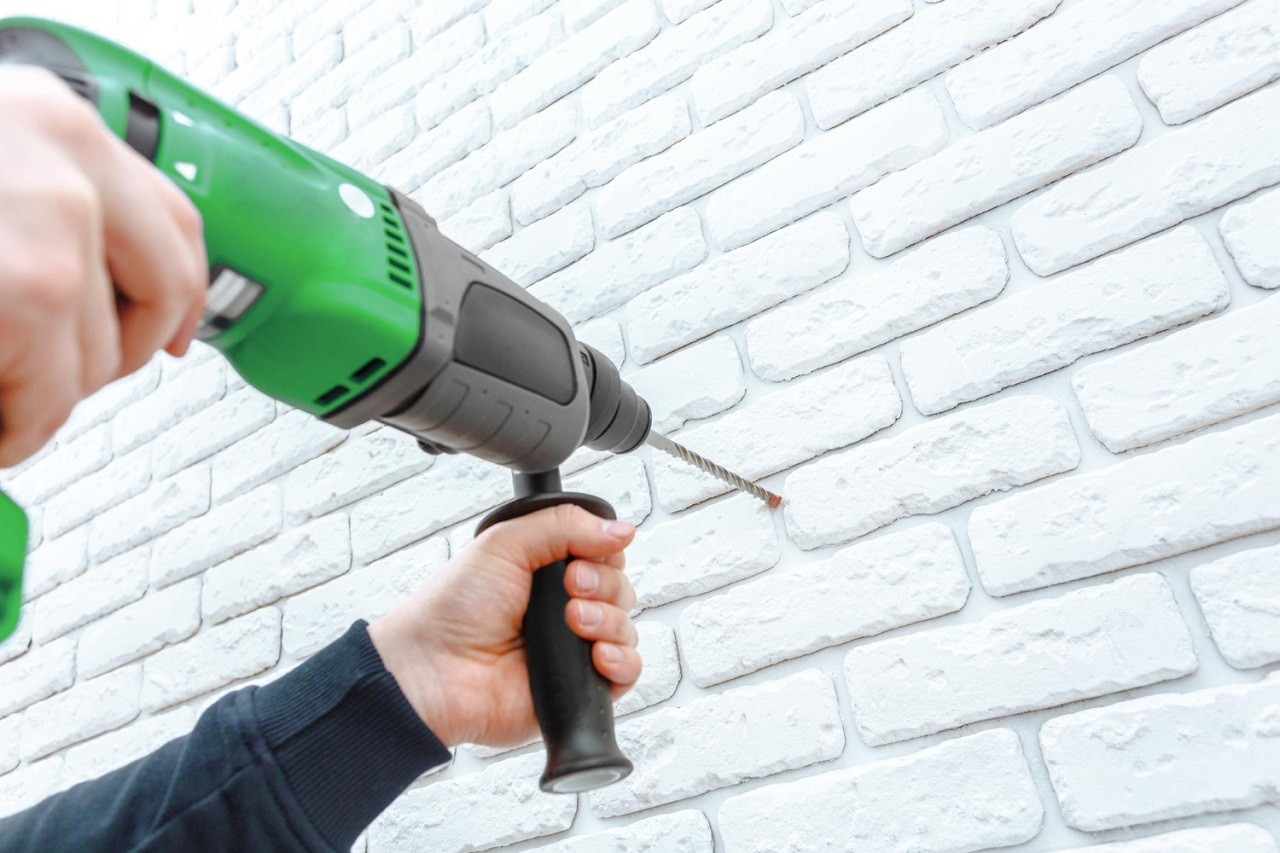

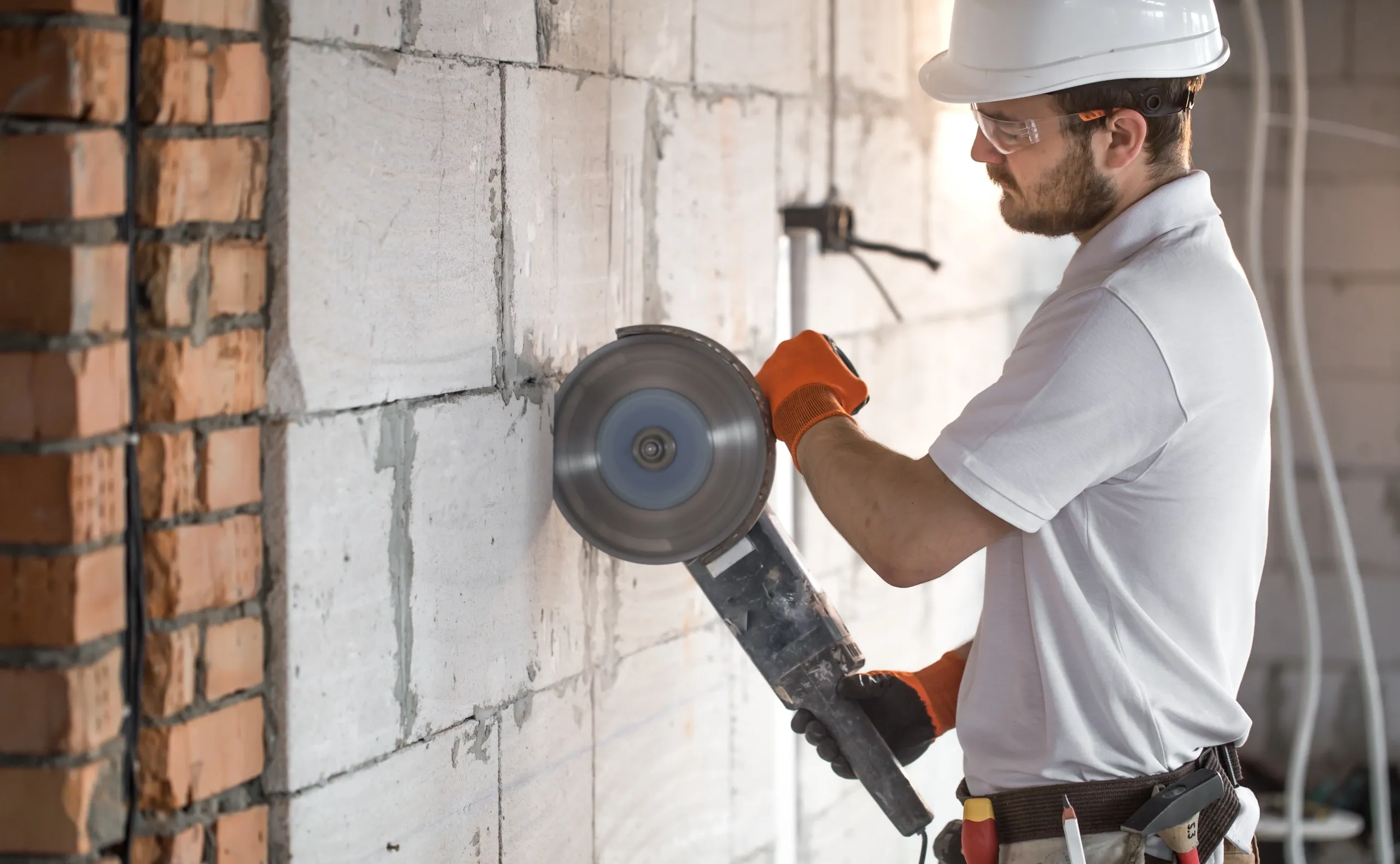
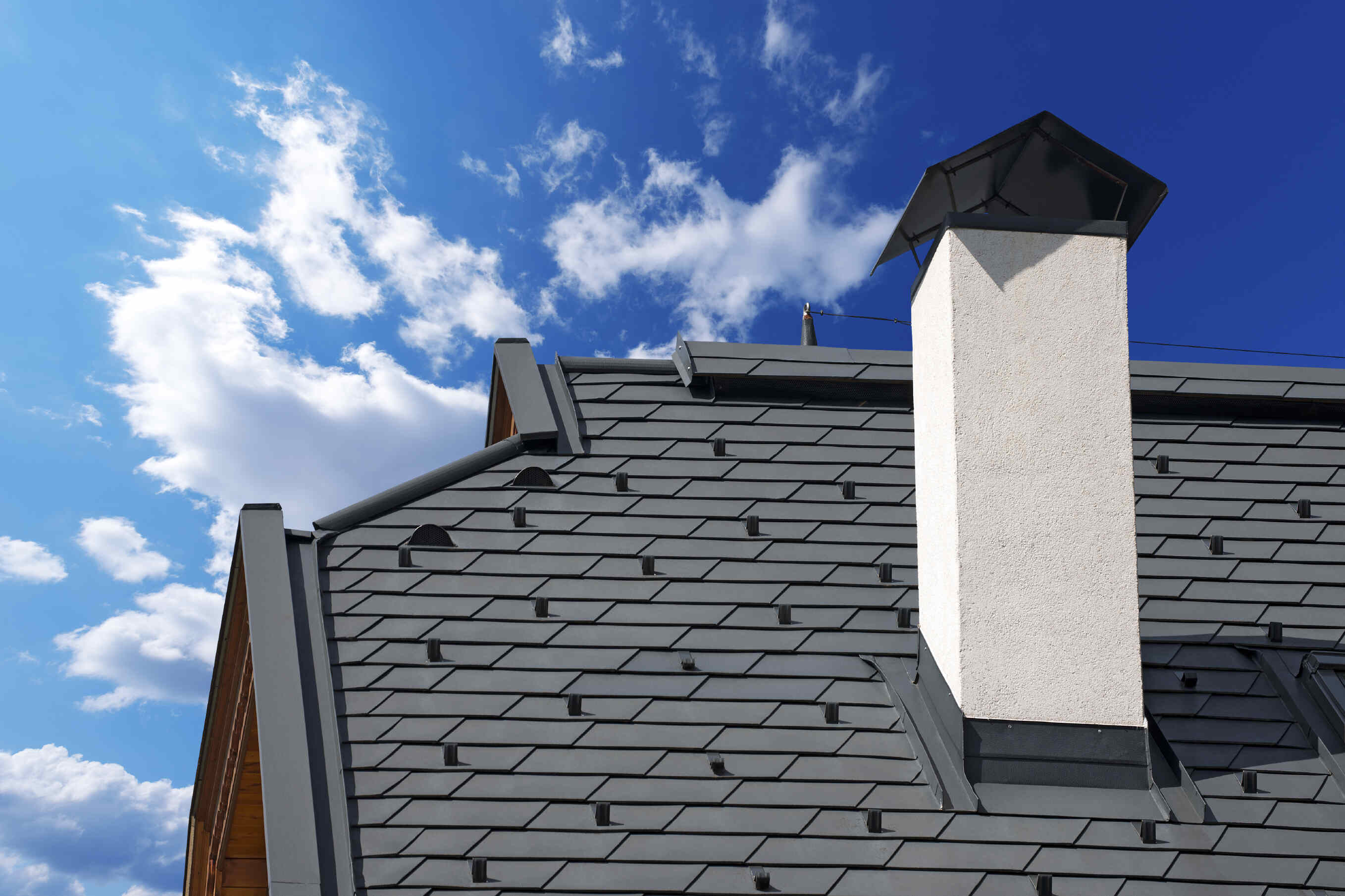
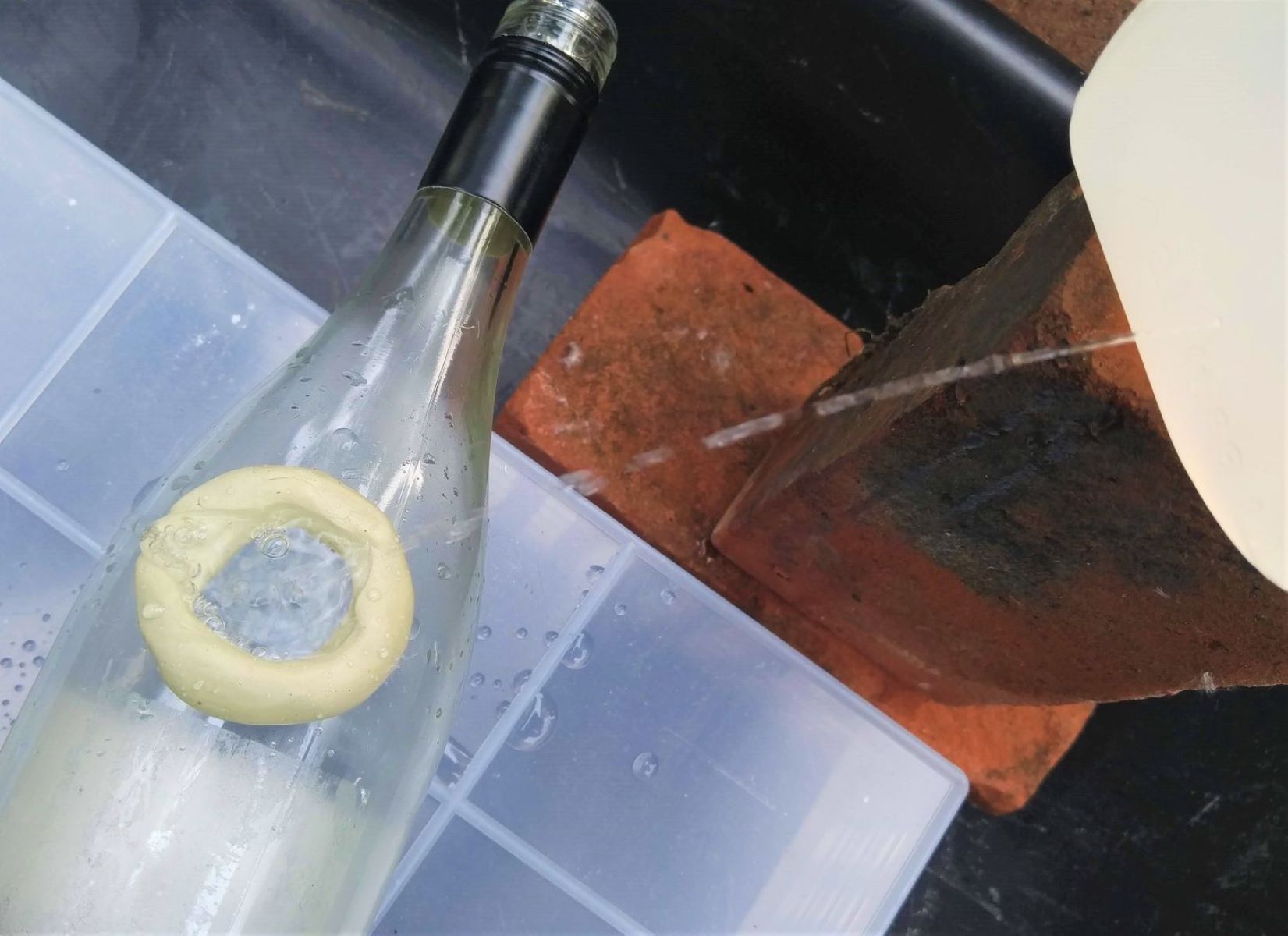
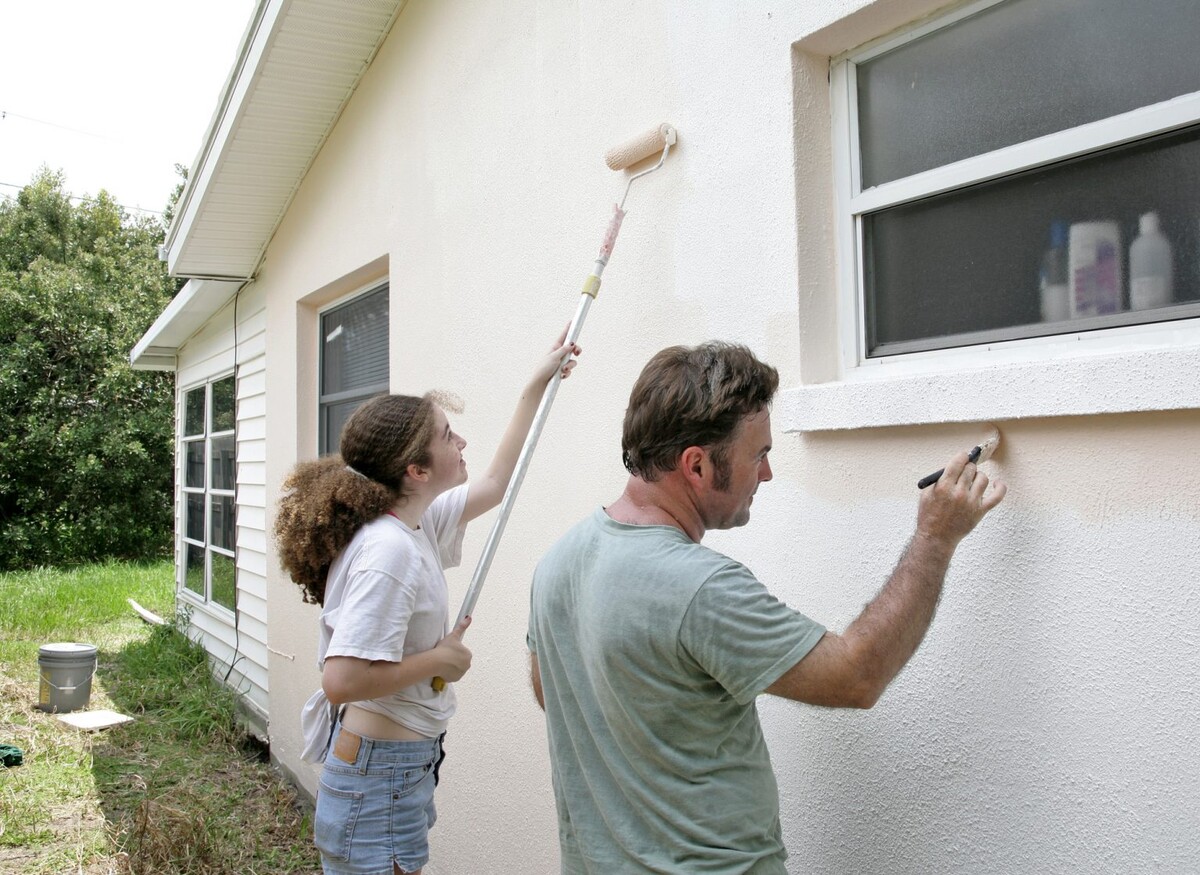
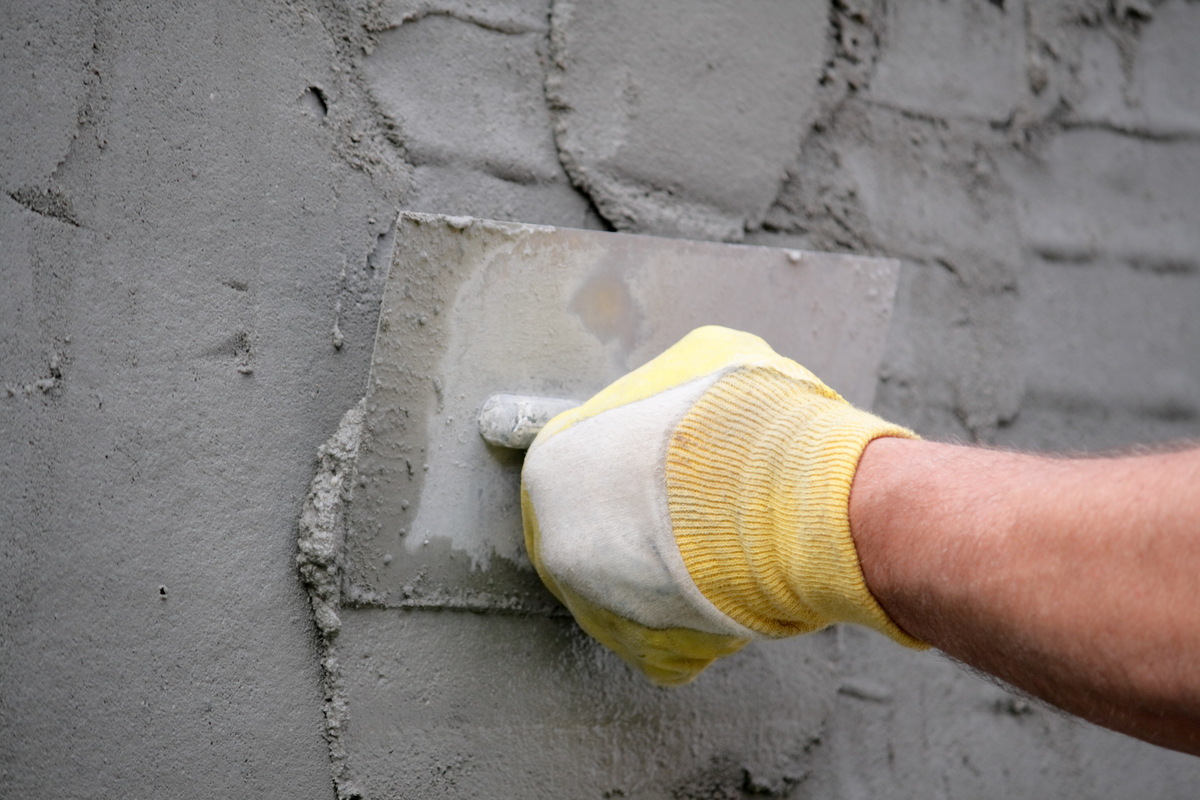
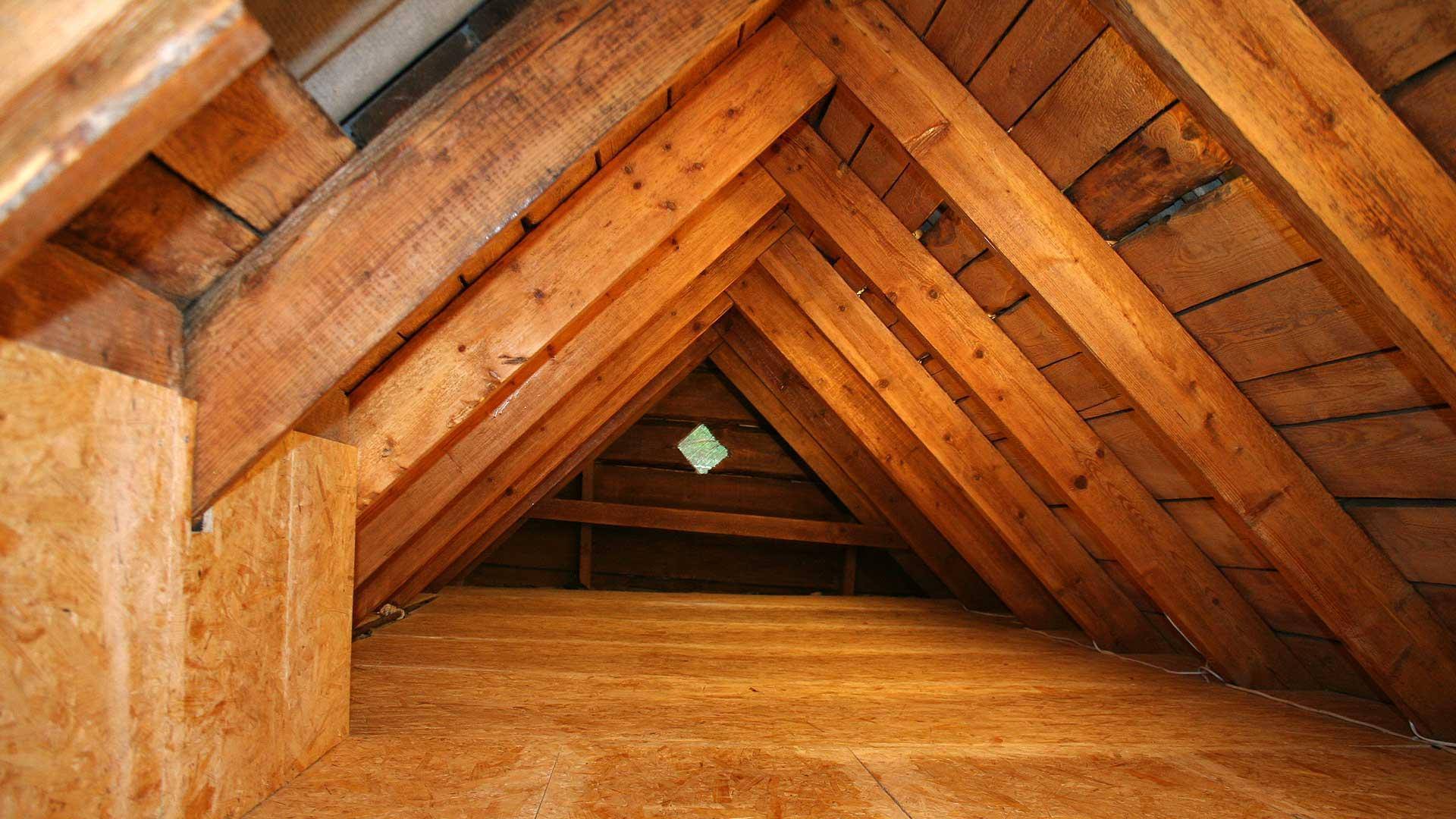

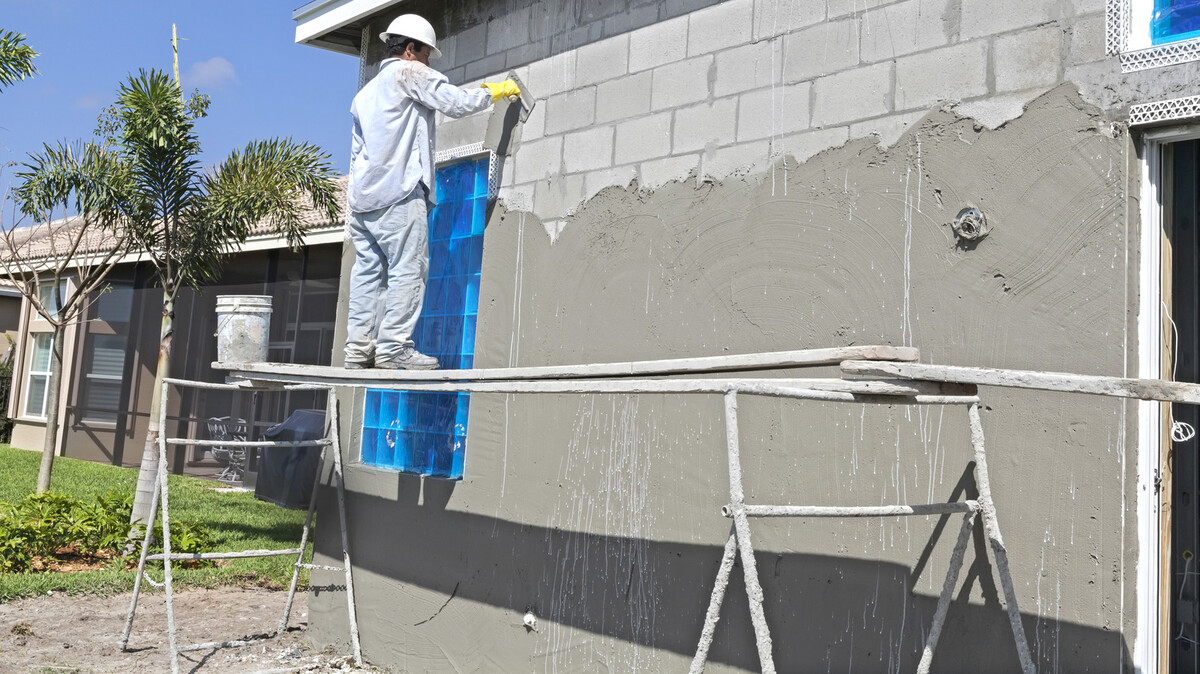

0 thoughts on “How To Drill Through Stucco”